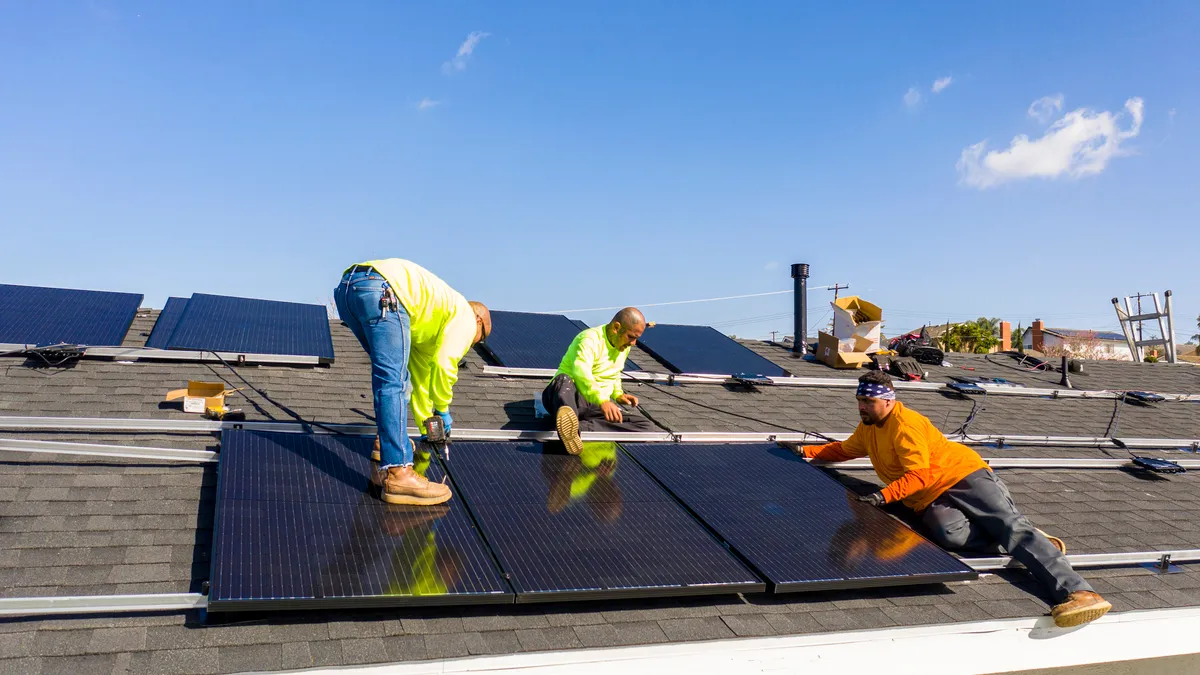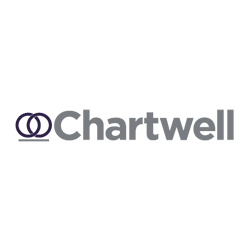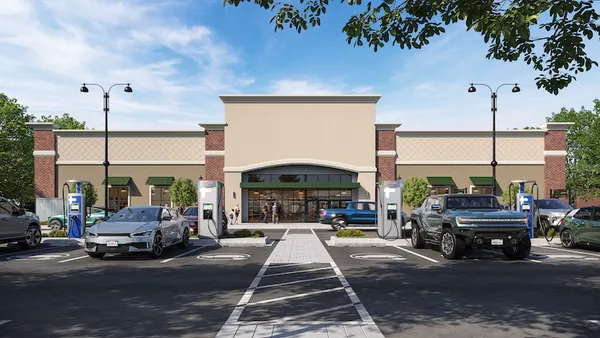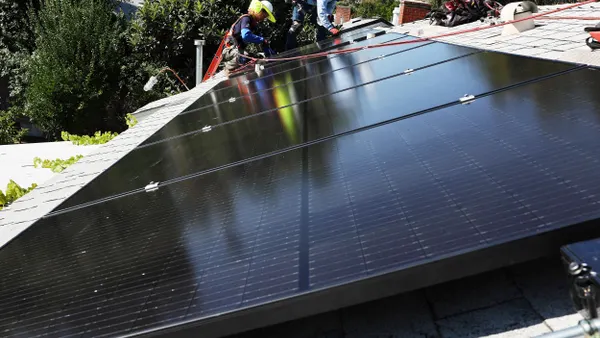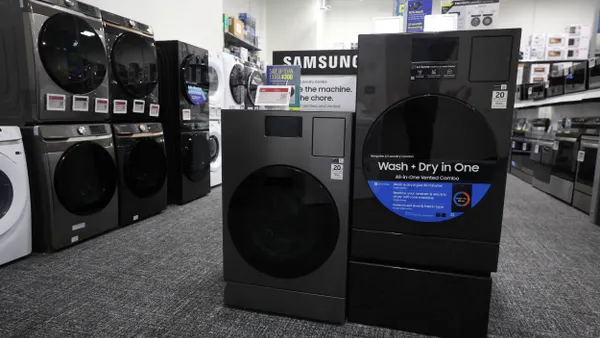[Editor's Note: If you're interested in learning more about OGE's dynamic pricing program, the Peak Load Management Alliance is hosting a webinar from 12:30-1:00 p.m. Eastern time on Thursday, Dec. 5. You can register here.]

While other programs have fallen short, dynamic pricing is succeeding for 90,000 utility customers in Oklahoma.
The key to its success, the program's backers say, lies in OGE's approach to educate its customers.
OGE's dynamic pricing program
Oklahoma Gas and Electric (OGE) is in the second year of a three-stage rollout of a dynamic pricing program that will reach 120,000 residences and small businesses by the end of next year, or about 20% of OGE's customers.
To familiarize customers with demand response, OGE has embarked on a major advertising campaign to introduce the program, also enhancing its website. The goal was a three-year rollout to 40,000 customers per year starting in 2012, with a total of 120,000 participants by the end of 2014.
The program runs June 1 through September 30. Off-peak prices are 5 cents per kilowatt-hour, which includes weekends, holidays and weekdays from 7 p.m. to 2 p.m. The four-tiered peak rate can run as high as 46 cents per kilowatt-hour during extreme events, but it generally averages 23 cents over those five hours. Regular customers pay a blended rate of about 11 cents per kilowatt-hour 24/7.
The utility provides customers with programmable thermostats and web-enabled communications send price signals to them at 15-minute intervals. Customers remain in control of their thermostats and can respond to price signals as they choose. And they are choosing.
Customers save money. OGE cuts peak demand. Everybody wins.
“[The dynamic pricing program] is saving $180 per customer May through October, depending on the billing cycle,” says Mike Farrell, who runs the OGE program. “It’s about the money. It’s not about being green.”
“We’re seeing a significant demand reduction at 2 p.m. and the reduction per customer of about 2 kilowatts at 5 p.m.,” Farrell says. That translates to about a 40% reduction. And if the pricing model fails to deliver savings above the standard rate, OGE will give a credit to those customers for the following year.
The program had a rough start, however, when a 2008 pilot with 25 customers didn’t work well, Farrell concedes. But as OGE’s smart meter rollout started in 2010, the program was expanded over the next two years with the help of an economic stimulus grant. The program in Norman, Oklahoma, with 6,000 customers eventually “had a significant impact on participants’ demand reduction” and convinced the utility to proceed with a large-scale dynamic pricing model.
“There was a tremendous result with a 59% reduction on peak demand,” Farrell says.
What we can learn from OGE's success
Ahmad Faruqui, a principal with The Brattle Group, says that with many dynamic pricing programs, the customer has to opt out to return to the standard rate. But the results are spotty if the utility doesn’t do an adequate job of customer education or bills rise, which is a risk.
“Compared with other dynamic price programs, OGE’s is very impressive,” he says. Opt-in programs typically have lower participation rates as they require large numbers of motivated or informed customers to succeed.
“OGE really stands out among the opt-in programs. It’s the most dramatic, customers are participating and awareness is very high," he adds.
On the utility operations side, OGE believes it can delay the acquisition of 500 megawatts of new generation for three to four years, postponing at least $300 million in capital outlays. The dynamic pricing program's $60 million price tag seems cheap by comparison.
Going forward, Farrell wonders whether the program will eventually reach a saturation point or if the number of engaged customers will continue to grow.
For now, though, it's going pretty well.
Enjoyed what you read? You may also want to read Utility Dive's look at 8 disruptive companies that utilities should watch in 2014.





